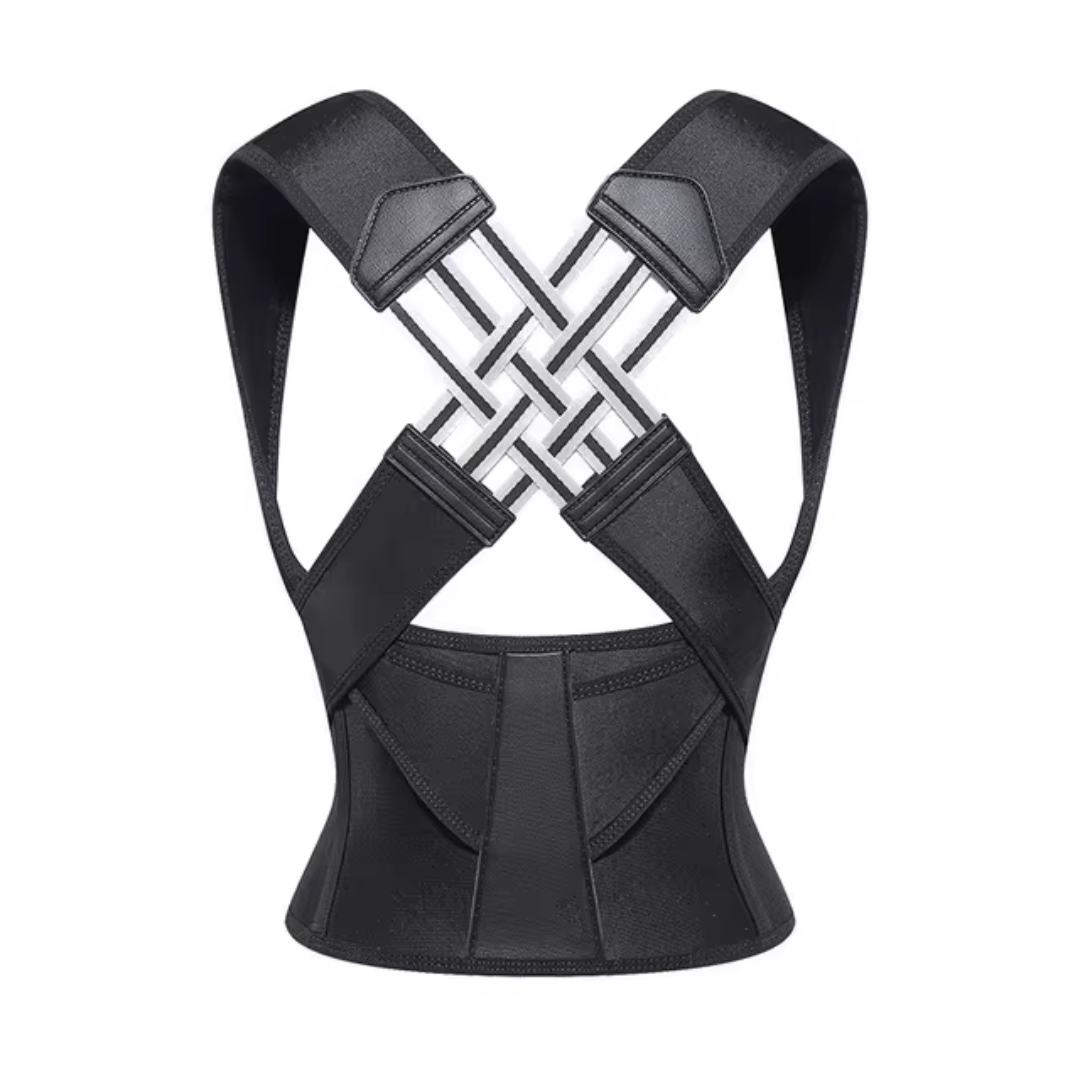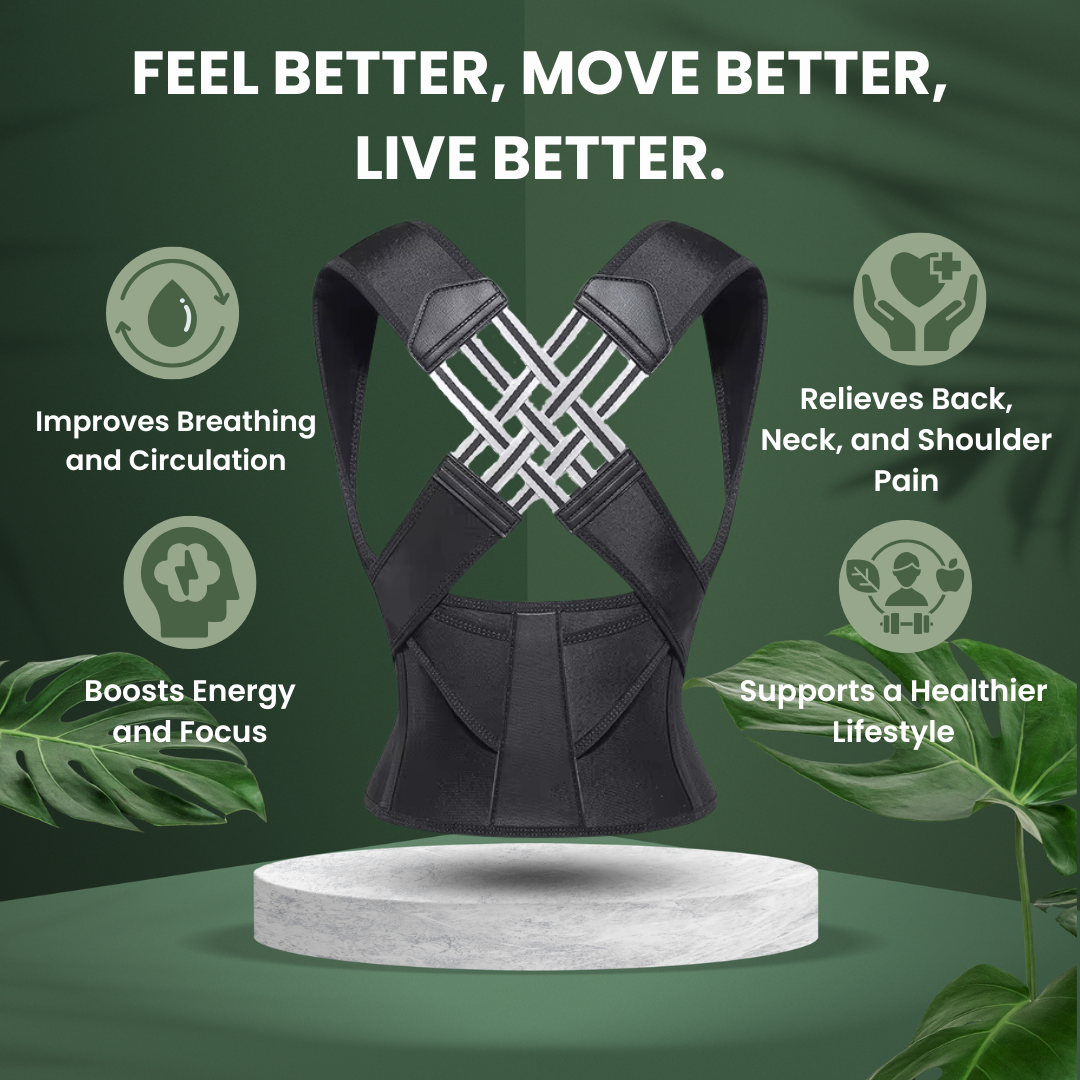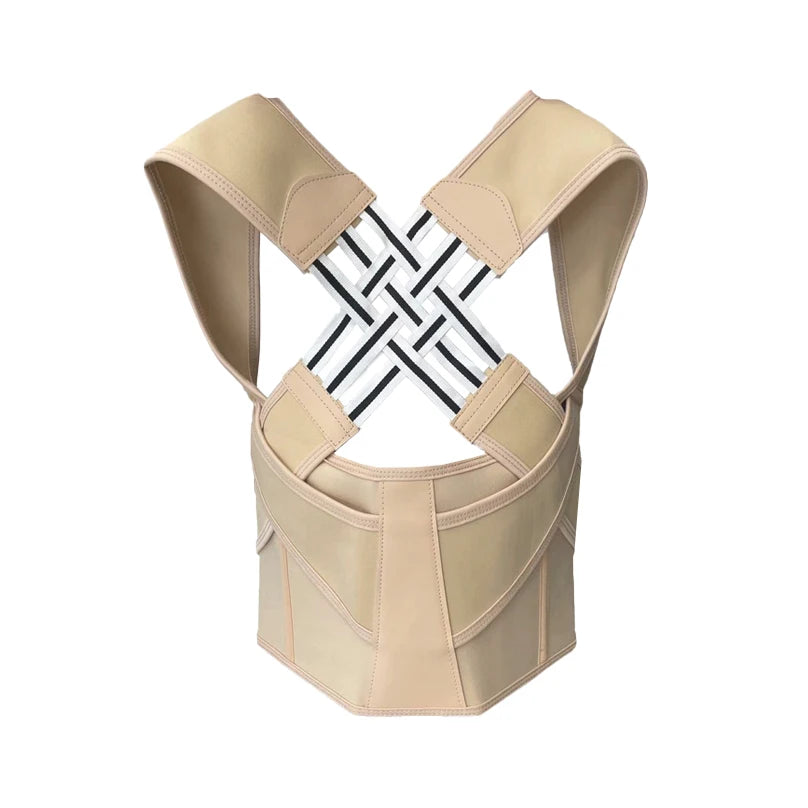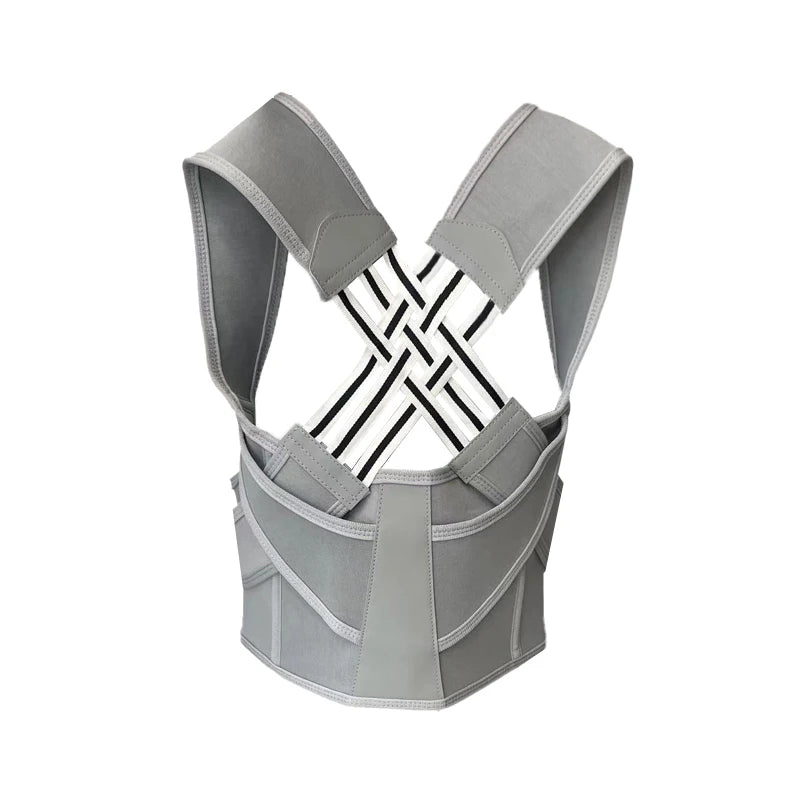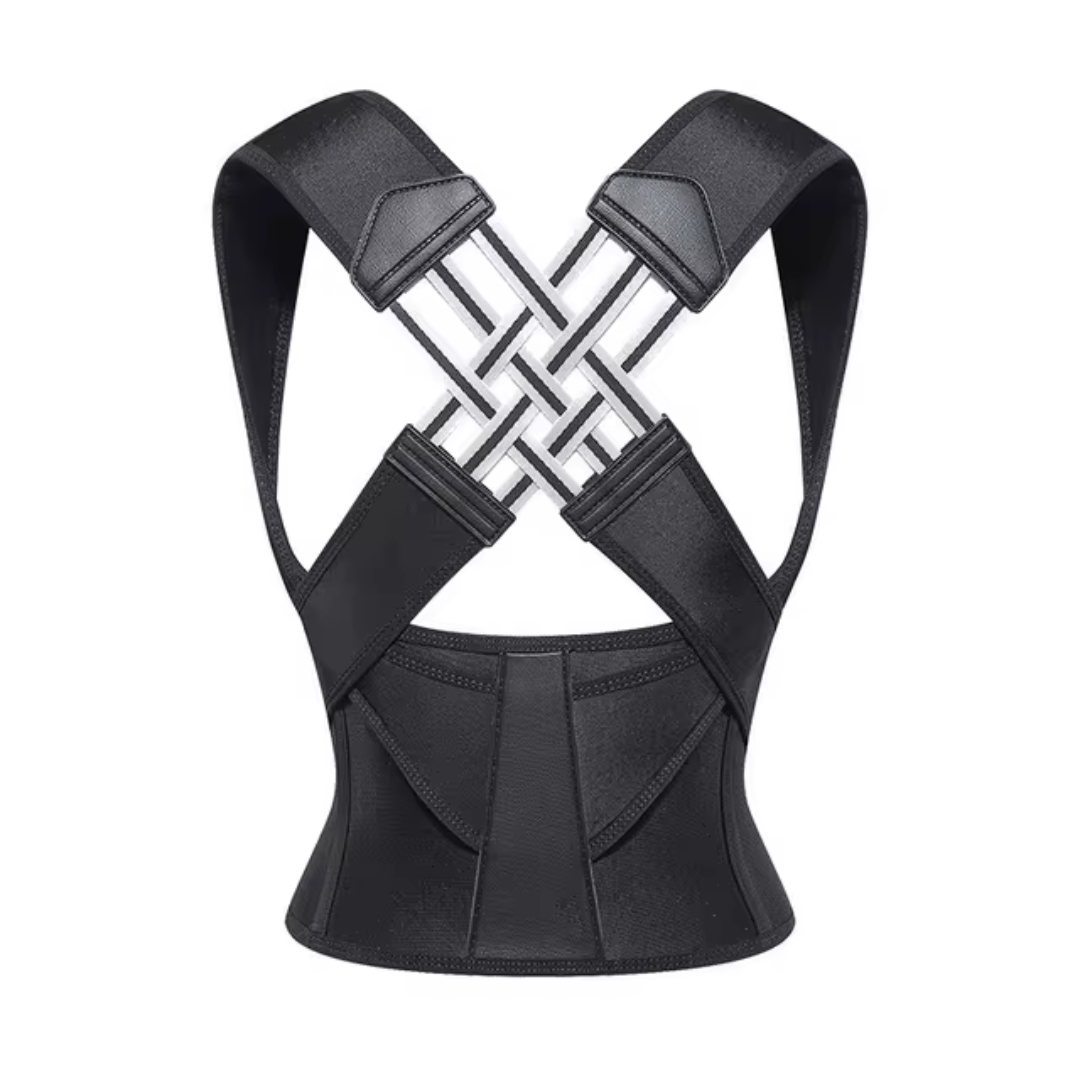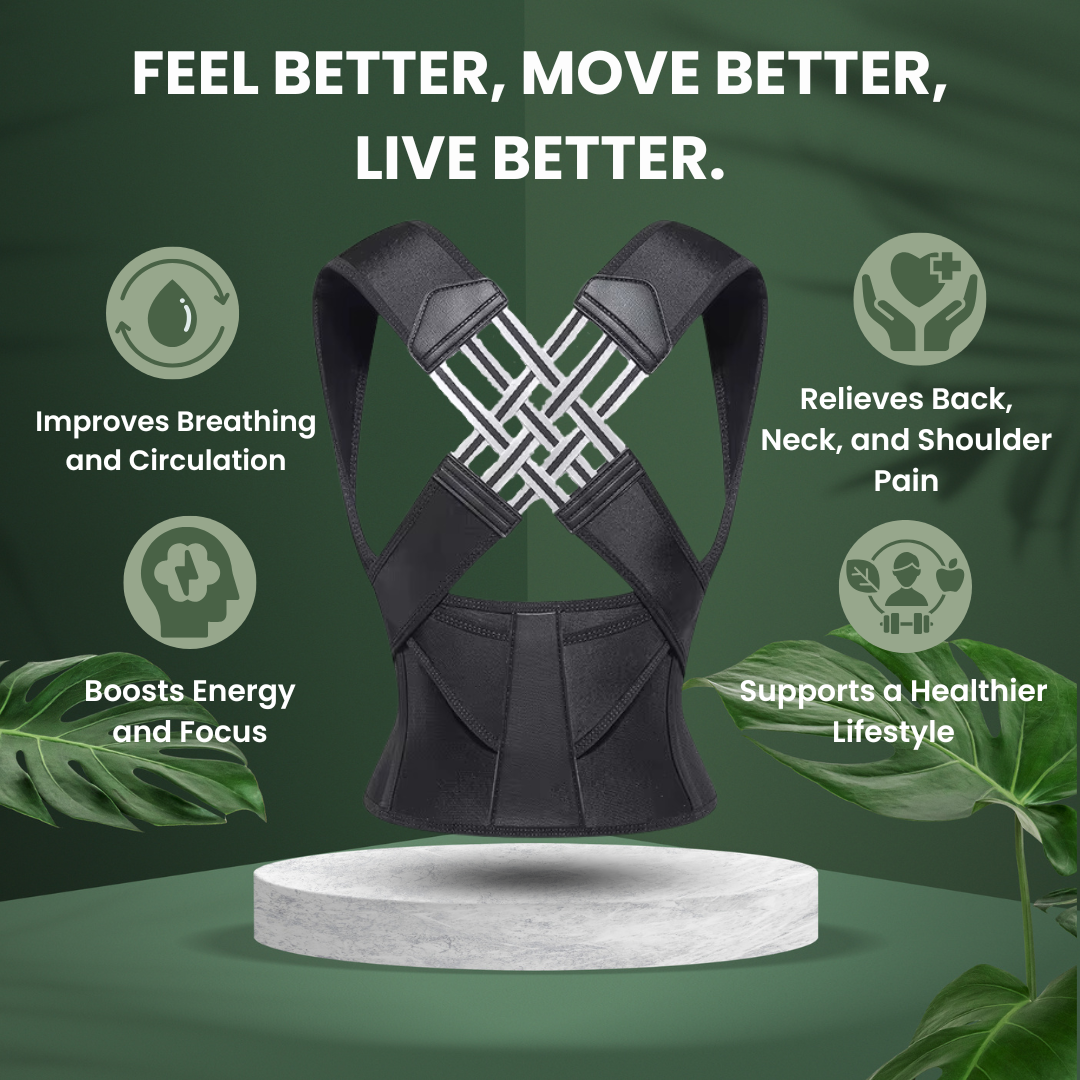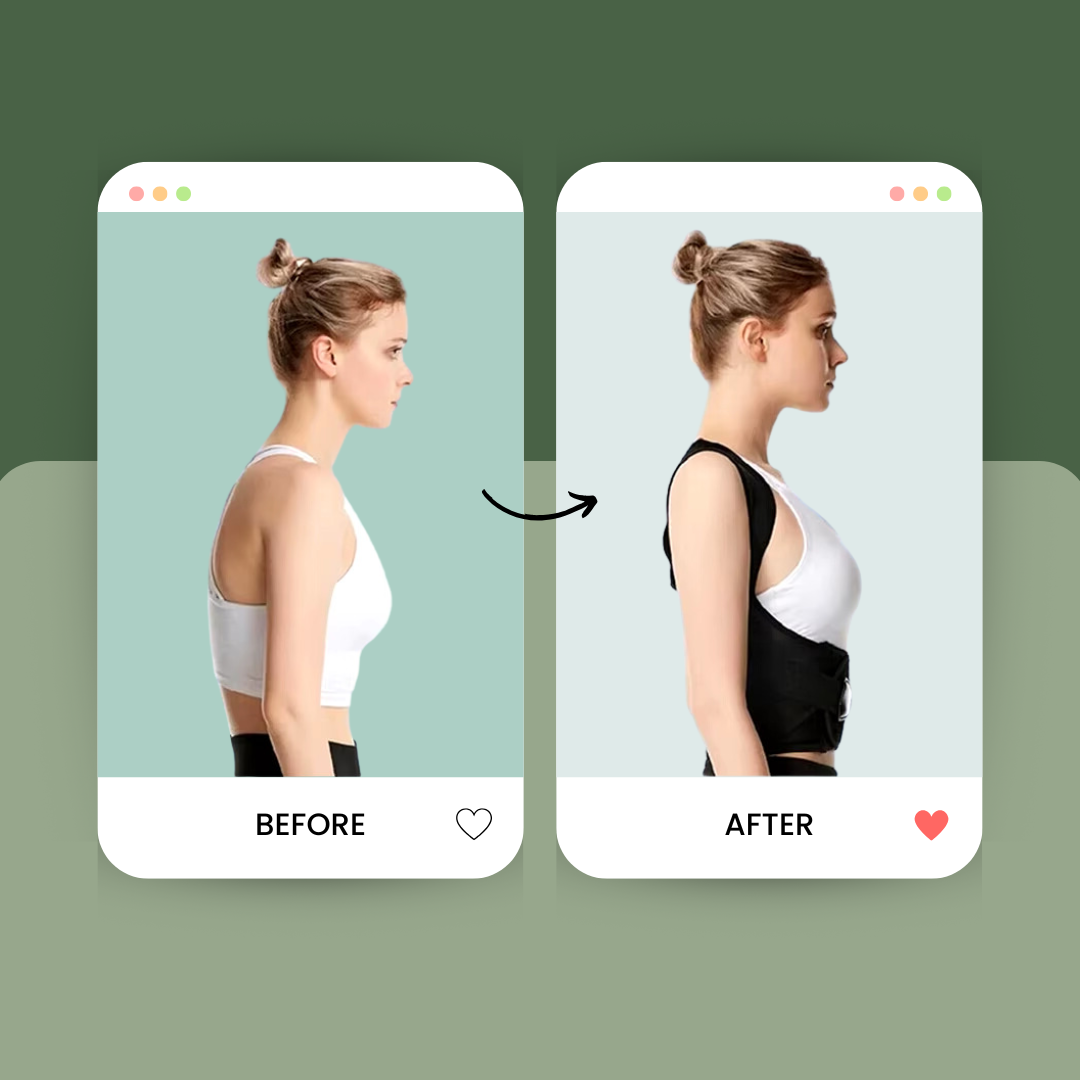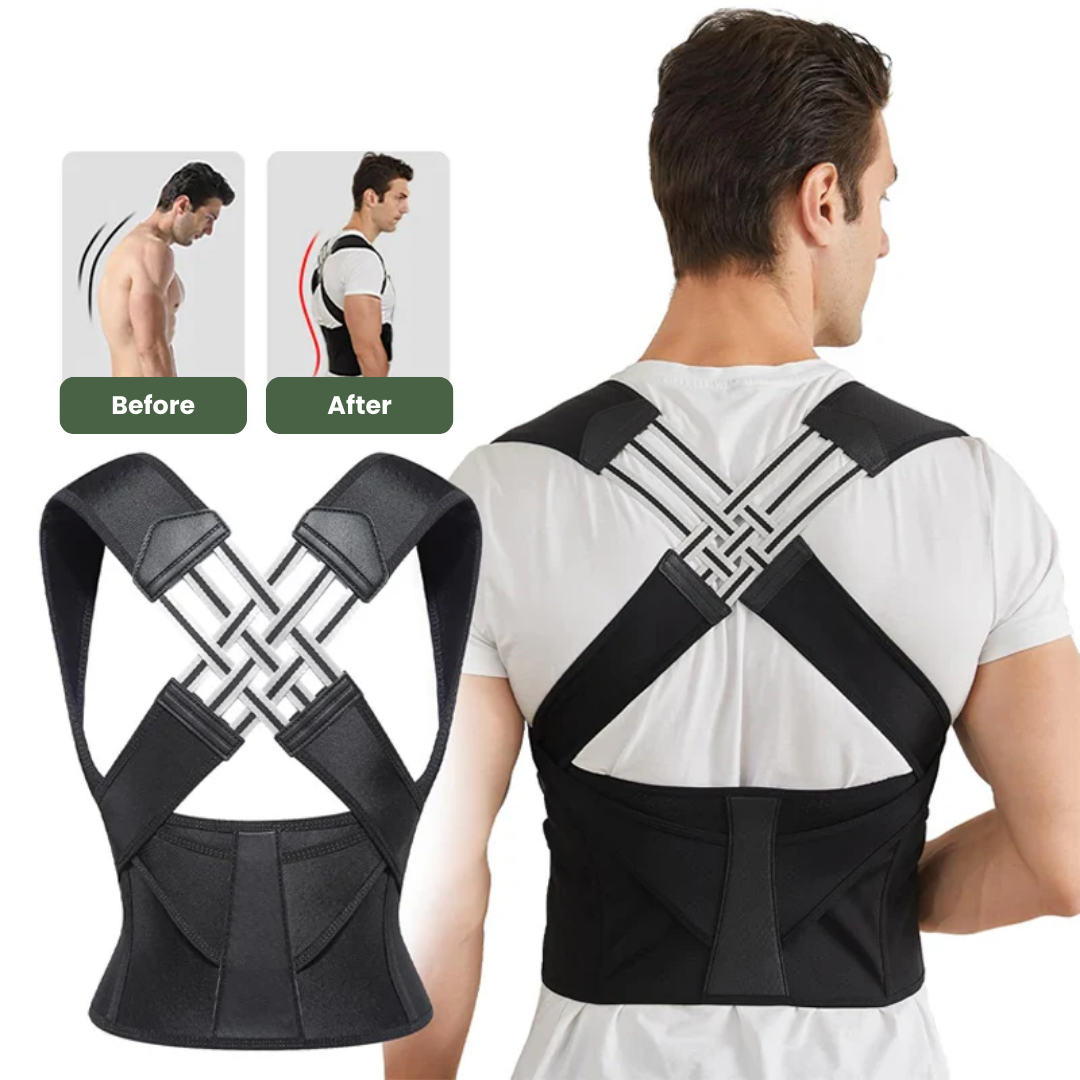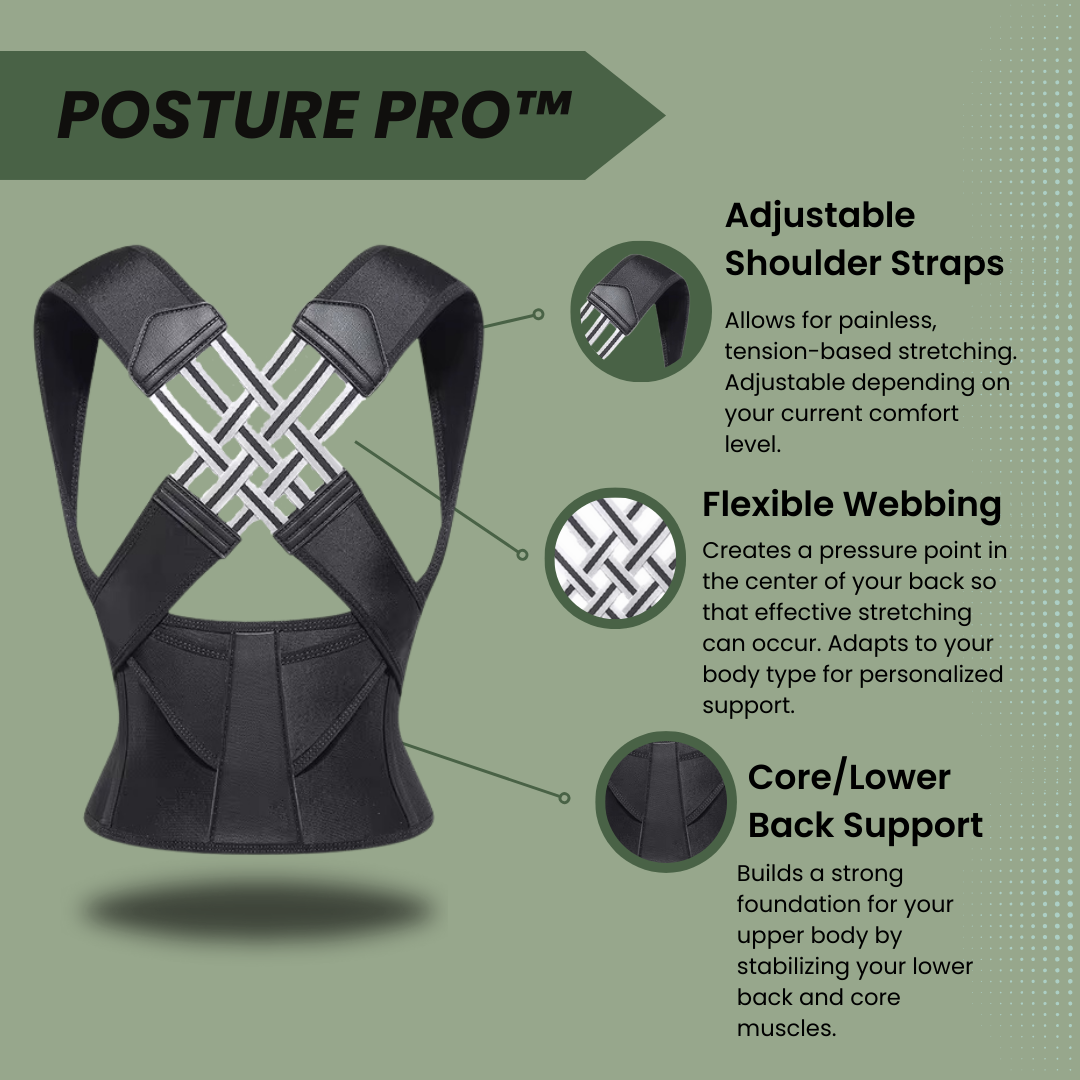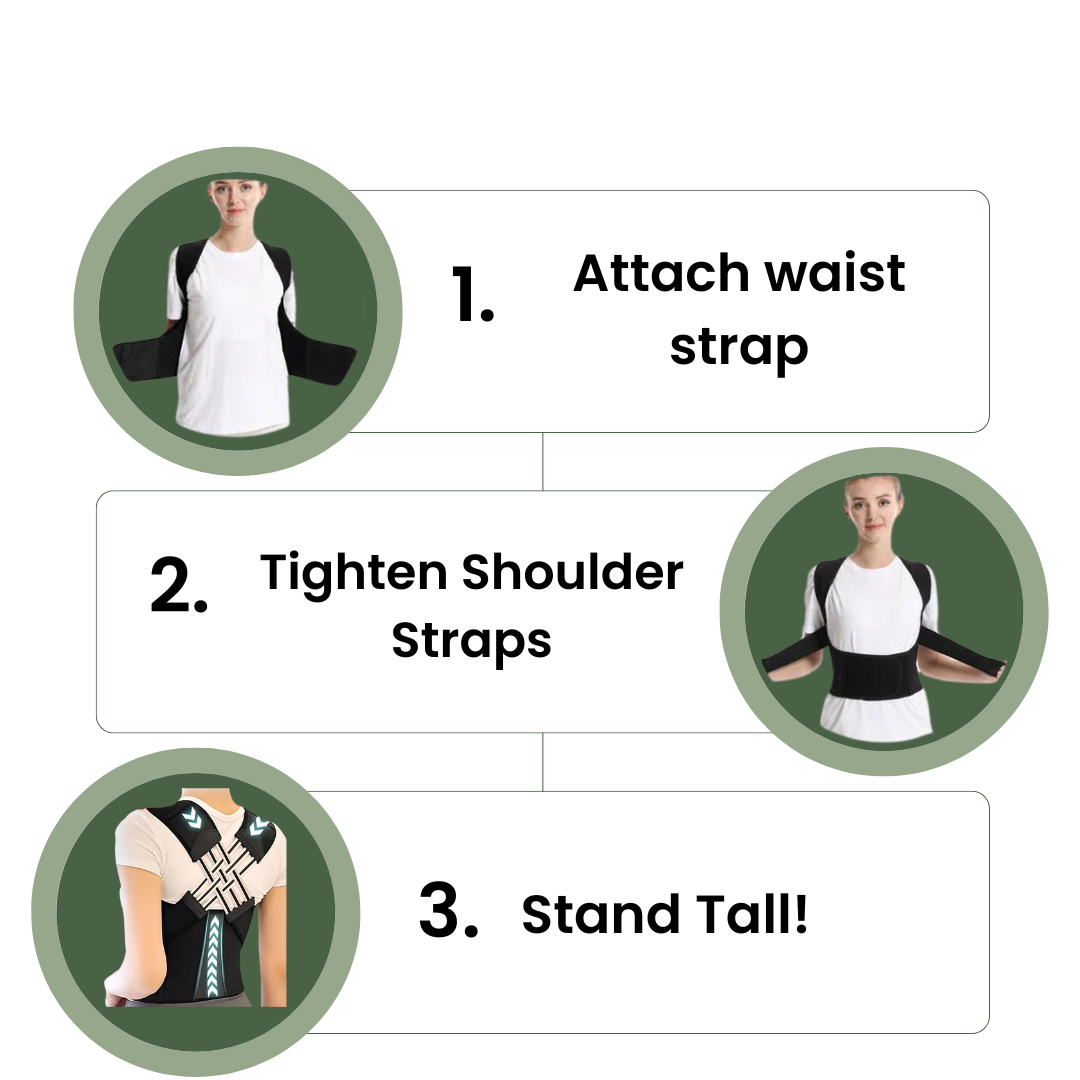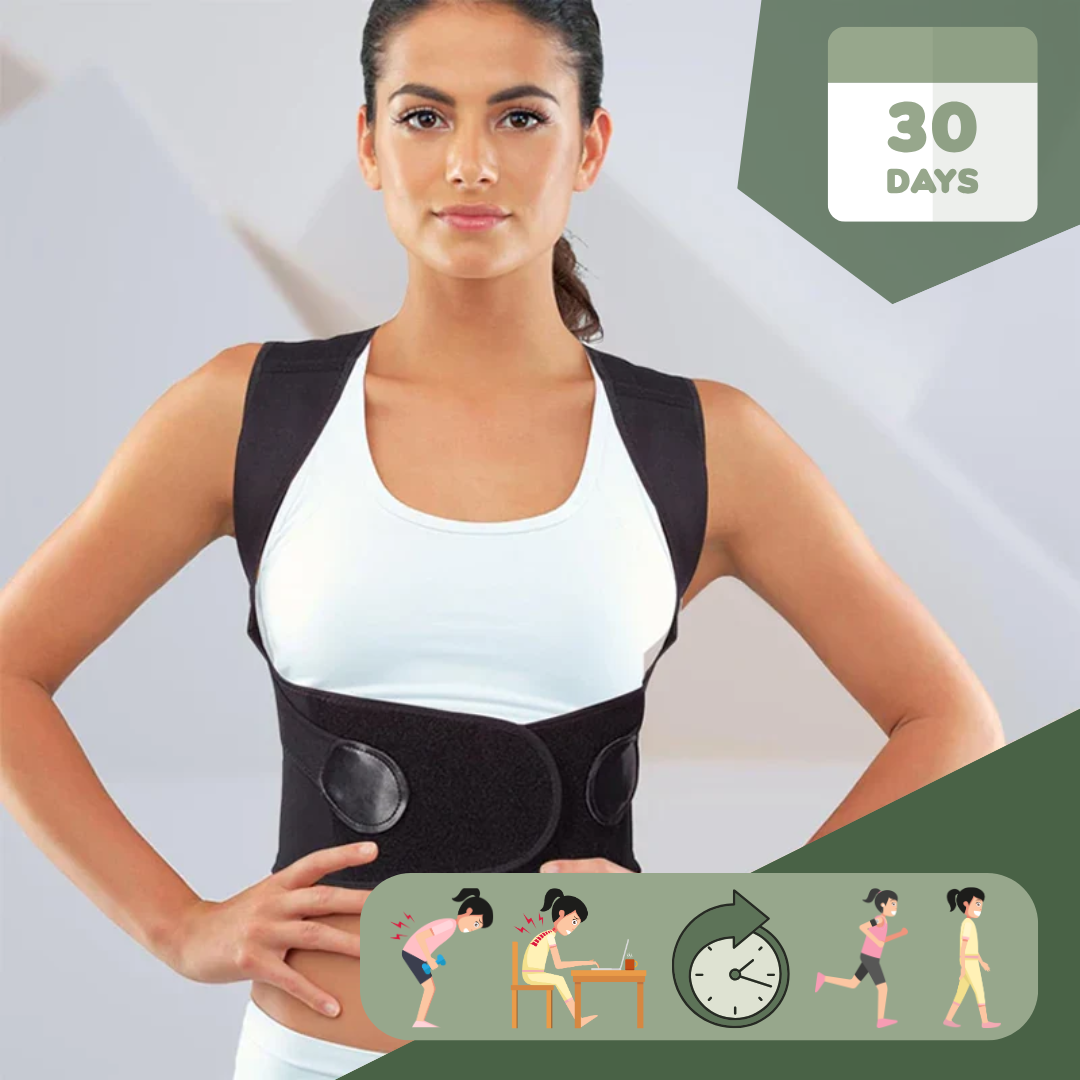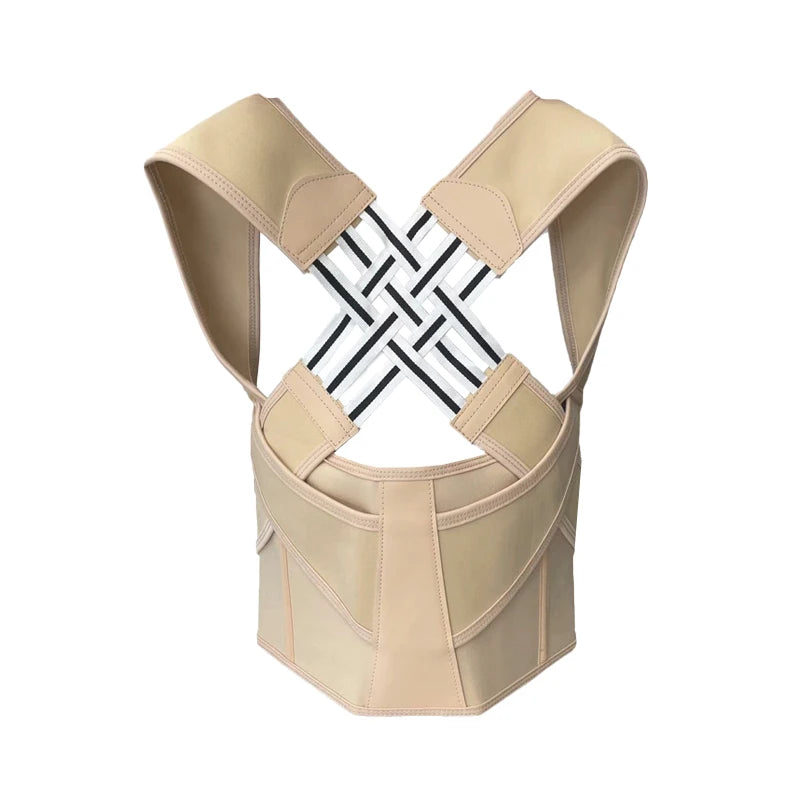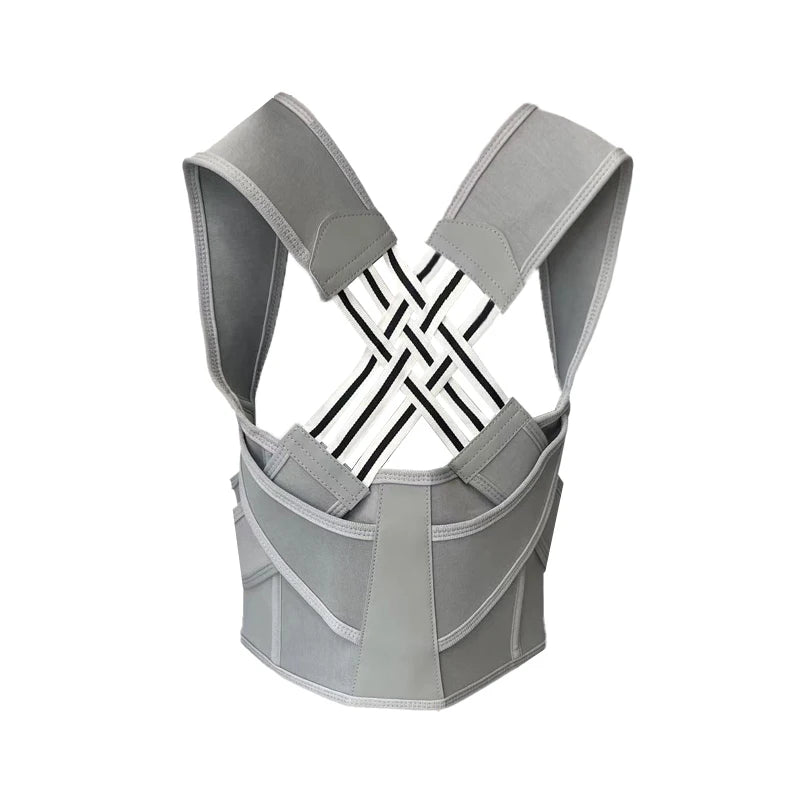Many athletes struggle with tight muscles and stiff joints. This article will guide you through 10 essential exercises to enhance flexibility and performance.
Get ready to move better!
Key Takeaways
- Mobility exercises are crucial for athletes to improve joint health and athletic performance. These routines increase flexibility, reduce the risk of injuries, and lead to better technique in competition.
- Daily stretching routines that combine dynamic stretches before workouts and static stretches afterwards enhance muscle strength, flexibility, and recovery times. Tailoring these exercises to specific sports can further boost an athlete's efficiency and agility.
- Adopting a consistent mobility routine with exercises such as leg swings, arm circles, high knees, walking lunges, pigeon pose, cobra stretch, and others can significantly improve an athlete's range of motion. This dedication supports long-term athletic success by maintaining muscular health over time.
- Best practices for incorporating flexibility and mobility into training highlight the importance of warm-up and cool-down phases. Regular practice before and after every training session or competition ensures balanced preparation for athletic activities.
- Athletes should personalize their mobility workouts based on their sport's demands using resources like Peloton’s Ultimate Guide to Mobility Training. Engaging in these targeted exercises daily boosts overall fitness levels while minimizing injury risks during intense physical activities.
The Importance of Flexibility and Mobility for Athletes
Flexibility and mobility play crucial roles in an athlete's success. These attributes help improve performance and reduce the risk of injuries during training and competition.
Definition and Significance
Mobility exercises are vital for athletes. They improve joint and muscular health, which enhances overall athletic performance. These movements increase the range of motion in joints.
This increased flexibility reduces the risk of injuries during training or competition.
Contribution to Performance
Flexibility and mobility play crucial roles in athletic performance. Mobility exercises enhance joint health, which allows athletes to move more efficiently. Improved range of motion leads to better technique during competition.
This increased efficiency contributes directly to higher performance levels.
Regular flexibility training for athletes can also prevent injuries. Athletes who engage in daily stretching routines reduce the risk of strains and sprains. Incorporating a full-body mobility routine helps maintain muscular health over time.
The right exercises can significantly improve strength and hypertrophy potential, allowing athletes to reach their peak performance with reduced injury risk.
Key Flexibility and Mobility Exercises for Athletes
Key flexibility and mobility exercises play a crucial role in an athlete's routine. Focus on dynamic stretches to warm up and static stretches to cool down for optimal results.
Dynamic Stretches
Dynamic stretches are vital for athletes. They enhance flexibility and prepare the body for intense physical activity.
- Leg Swings: Stand next to a wall for support. Swing one leg forward and backward while keeping your torso upright. This movement activates hip flexors and hamstrings, increasing your range of motion.
- Arm Circles: Extend both arms out to the sides at shoulder height. Make small circles, gradually increasing their size. This exercise helps warm up the shoulders and upper back.
- High Knees: Jog in place while lifting knees towards your chest. Keep a fast pace to elevate heart rate and engage lower body muscles.
- Walking Lunges: Step forward into a lunge position with your knee over your ankle. Alternate legs as you move forward, promoting hip mobility and leg strength.
- Torso Twists: Stand with feet shoulder-width apart and rotate your torso side to side. This movement improves spine flexibility and warms up core muscles.
- Butt Kicks: While jogging in place, kick heels towards your glutes. This dynamic move boosts hamstring flexibility and gets blood flowing before workouts.
- Skaters: Leap side to side like a speed skater, landing softly on each foot. This exercise enhances lateral movement skills and strengthens leg muscles.
- Inch Worms: Bend at the waist and walk hands forward into a plank position, then walk feet toward hands. This stretch engages the entire body while improving hamstring flexibility.
- Dynamic Chest Opener: With arms extended, gently swing them open wide, then cross them in front of your chest repeatedly. This action opens up the chest area and increases arm mobility.
- Lateral Leg Swings: Stand on one leg and swing the opposite leg from side to side across your body. This stretch targets hip adductors and abductors, crucial for athletic performance enhancement through mobility workouts.
Incorporating dynamic stretches into an athlete's daily routine improves muscle strength, agility, and joint health significantly while preventing running injuries effectively with consistent practice.
Static Stretches
Static stretches play a significant role in improving flexibility and mobility for athletes. These exercises enhance joint health and contribute to overall athletic performance.
- Seated Hamstring Stretch: Sit on the ground with one leg extended. Bend forward at the waist, reaching toward your toes. Hold this position to stretch the hamstrings.
- Pigeon Pose: Start from a plank position. Bring one knee forward and place it behind your wrist while extending the other leg back. This stretch targets the hip flexors and glutes.
- Cobra Stretch: Lie flat on your stomach with hands under shoulders. Push upward, lifting your chest off the ground while keeping hips down. This movement stretches the abdominal muscles and spine.
- Runner's Lunge: Step forward with one foot into a lunge position while keeping the other leg straight behind you. Lower your hips towards the ground to open up the hip flexors.
- Downward Dog: Begin on all fours, then lift your hips toward the ceiling while keeping your hands and feet grounded. This full-body stretch increases flexibility in hamstrings, calves, and shoulders.
- Child’s Pose: Kneel on the mat, sit back on your heels, and reach arms out in front or along your body. This pose relaxes the back and stretches shoulder joints.
- Standing Quad Stretch: Stand tall, grab one ankle with your hand behind you, pulling it towards your glutes. Balance is key as you stretch out quadriceps while standing.
- Chest Opener Stretch: Stand tall with arms extended wide at shoulder height, palms facing forward. Gently pull shoulders back to stretch pectoral muscles.
- Cross-Body Shoulder Stretch: Raise one arm across your chest at shoulder level with elbow bent at 90 degrees. Use the opposite hand to gently pull it closer for a shoulder stretch.
- Butterfly Stretch: Sit up straight with soles of feet touching each other in front of you; let knees fall outward gently pushing down for deeper stretching in inner thighs.
These static stretches are part of an effective daily mobility routine for athletes aimed at preventing injuries while enhancing flexibility and overall performance.
Exercises for Major Joints
Mobility exercises enhance joint health and athletic performance. Here are essential exercises for major joints.
- Hip Flexor Stretch: This dynamic stretch helps open the hips. It improves flexibility and prepares the body for movement.
- Shoulder Dislocates: Using a resistance band, perform this exercise to increase shoulder mobility. It enhances muscle strength and range of motion.
- Cat-Cow Stretch: Kneel on all fours and alternate between arching and rounding your back. This movement increases spinal flexibility while engaging core muscles.
- Kneeling Hip Flexor Stretch: Drop into a kneeling position, push your hips forward to stretch the hip flexors deeply. This holds significant importance for maintaining joint health in athletes.
- Ankle Mobilization: While seated, rotate each ankle slowly in both directions. Ankle mobility benefits athletes by improving stability during movements.
- Wrist Rolls: Extend each arm in front of you, then roll your wrists in circles. This exercise promotes wrist flexibility vital for many sports activities.
- Thoracic Spine Rotation: Sit or stand tall, twist your upper body side to side gently. This move increases thoracic mobility which supports better posture during exercise.
- Lunge with Twist: Step forward into a lunge while rotating your torso towards the front leg. This engages multiple muscle groups while increasing hip and spine mobility.
- Seated Forward Bend: While seated, lean forward to reach toward your toes without forcing it too much. This static stretch improves hamstring flexibility essential for running performance.
- Wall Slides: Stand with your back against a wall as you slide down into a squat while keeping contact with the wall at all times. Wall slides improve shoulder stability and lower-body mechanics crucial for athletic success.
Incorporating these exercises into an athlete's routine enhances overall performance significantly while reducing injury risks associated with tight joints and muscles.
Best Practices for Incorporating Flexibility and Mobility into Training

To maximize flexibility and mobility, athletes should prioritize both warm-up and cool-down routines. Consistent practice encourages better movement quality over time.
Warm up and Cool Down
Warm-up and cool-down steps are essential for athletes. These practices enhance mobility and reduce injury risks.
- A warm-up session increases blood flow to muscles. This prepares the body for physical activity. It helps improve performance during workouts.
- Include dynamic stretches in the warm-up. Movements like leg swings and arm circles activate major muscle groups. They also boost joint mobility.
- Perform a full-body routine during warm-ups. Exercises should target all major joints and muscle areas. This approach ensures a balanced preparation for athletic activities.
- Cool down after any intense workout or game. Gradually bring your heart rate back to normal levels with light exercises.
- Focus on static stretches during the cool-down phase. Holding positions like the seated hamstring stretch can improve flexibility over time.
- Benefits of proper cooldown include reduced muscle soreness and improved recovery times for athletes.
- Frequency matters in both warm-up and cool-down routines. Athletes should aim for these practices before and after every training session or competition.
- Tailor your warm-up and cool-down based on specific sports needs. Different sports may require different approaches to maximize efficiency.
- Incorporating mobility exercises into both phases enhances overall joint health, promoting long-term athletic success.
- Adopting these habits forms a critical part of an athlete's daily routine, ensuring they stay healthy and competitive in their sport of choice.
Frequency and Timing
Athletes should incorporate flexibility and mobility exercises into their routines on a regular basis. Doing these daily stretches for athletes can lead to better performance and reduced injury risk.
A recommended mobility workout lasts from two to four weeks. As athletes notice improvements, they can gradually decrease the frequency of their routine.
Timing also plays a crucial role in maximizing effectiveness. Athletes should perform dynamic stretching during warm-ups to prepare muscles for activity. Static stretches work best during cool-downs, helping muscles recover after exertion.
This approach enhances athletic mobility and builds strength throughout the body while maintaining joint health.
Tailoring Exercises to Specific Sports
Tailor mobility exercises to fit the demands of specific sports. For example, runners can benefit from hip flexor stretches and calf raises. These moves enhance their performance while preventing running injuries.
Basketball players should focus on ankle mobility and dynamic lunges. Such exercises improve agility and jumping ability.
Use resources like Peloton's Ultimate Guide to Mobility Training for guidance on sport-specific routines. Athletes can find PDF charts with targeted exercises, making it easier to follow along.
A daily mobility routine with weights suits strength training athletes, helping them increase muscle strength effectively.
Benefits of Regular Flexibility and Mobility Training
Regular flexibility and mobility training boosts athletic performance by enhancing range of motion and reducing injury risks. These exercises promote better muscle balance, leading to improved strength and quicker recovery.
Athletes who commit to this routine often see significant gains in their overall fitness levels. Explore these benefits further to elevate your training!
Improved Athletic Performance
Mobility exercises play a crucial role in improving athletic performance. These exercises enhance joint and muscular health, which directly affects an athlete's ability to perform.
Consistent mobility training boosts muscle strength and flexibility while promoting better joint health. This combination leads to improved movement efficiency during sports activities.
A full-body mobility routine helps athletes maintain optimal performance levels over time. Incorporating a morning full-body mobility routine prepares the body for the demands of training or competition.
The 12 best mobility exercises include movements like the runner's lunge and downward dog, which increase range of motion. Athletes who commit to these routines can achieve significant gains in their overall performance.
Injury Prevention
Mobility exercises play a crucial role in injury prevention for athletes. They improve joint motion and help reduce the risk of injuries. According to a Yale Medicine expert, specific mobility exercises can significantly increase the range of joint motion.
Regular practice lowers the chances of experiencing common athletic injuries. A daily mobility routine incorporating key flexibility and mobility exercises helps maintain muscle and joint health.
Athletes can benefit from using the top 10 daily stretches, including runner's lunge and pigeon pose. These moves are effective at enhancing flexibility while strengthening muscles around important joints.
Following recommendations from experts, athletes should commit to these mobility workouts for two to four weeks. With consistent effort, individuals will notice improvements in their overall performance and injury resilience over time.
Strength and Hypertrophy Potential
Regular mobility training boosts strength and hypertrophy potential in athletes. Many studies show that mobility exercises improve muscle strength, flexibility, and joint health. Athletes can enhance their performance by focusing on these areas.
Over two to four weeks, incorporating these moves regularly leads to noticeable gains.
Mobility workouts benefit everyone, including beginners. Specific routines help ease individuals into a daily practice that develops athletic skills over time. By using full-body mobility routines and drills, athletes maximize their training outcomes while reducing injury risks.
A well-rounded exercise routine for athletes contains various movements designed to build an athlete's capacity effectively.
Tips for Successful Mobility Training
Successful mobility training enhances athletic performance and prevents injuries. Follow these tips to create an effective routine.
- Incorporate a daily mobility routine with the top 10 essential exercises. Include moves like runner's lunge and downward dog for comprehensive coverage.
- Aim for a frequency of two to four weeks for your workouts. Gradually decrease sessions as your flexibility improves.
- Warm up properly before starting any exercises. A good warm-up increases blood flow and prepares your joints for movement.
- Cool down after completing your session. Cooling down helps maintain flexibility and aids in muscle recovery.
- Tailor your routine according to your specific sport. Different sports require unique mobility drills for optimal performance.
- Use the recommended mobility exercises designed for beginners if you are just starting out. These routines will help ease you into regular practice and enhance joint health.
- Focus on major joints with targeted exercises from resources like Peloton's Ultimate Guide to Mobility Training. Enhanced joint health leads to improved overall athletic performance.
- Consult a Doctor of Physical Therapy like Bo Babenko for advice on the best mobility exercises suited for you. Individualized recommendations can maximize results and effectiveness.
- Utilize visual references such as a mobility exercises chart available online or in PDF format for convenient practice at home or at the gym.
- Track your progress over time by taking notes on improvements in flexibility and strength during training sessions, ensuring that you stay motivated along the way.
FAQs
1. Why are mobility exercises important for athletes?
Mobility exercises are crucial for athletes as they enhance flexibility and help in preventing running injuries. They form an essential part of an athlete's mobility workout.
2. Can beginners do these athletic mobility exercises?
Yes, this guide includes some beginner-friendly mobility exercises, making it suitable not only for seasoned athletes but also those just starting their fitness journey.
3. What time of day should I perform the morning full-body mobility routine?
As the name suggests, the morning full-body routine is best performed at the start of your day to prepare your body for any physical activities ahead.
4. Are stretching and flexibility exercises included in this athlete's daily mobility routine?
Yes! The Ultimate Daily Mobility Routine incorporates both stretching and flexibility exercises geared towards enhancing athletic performance.


